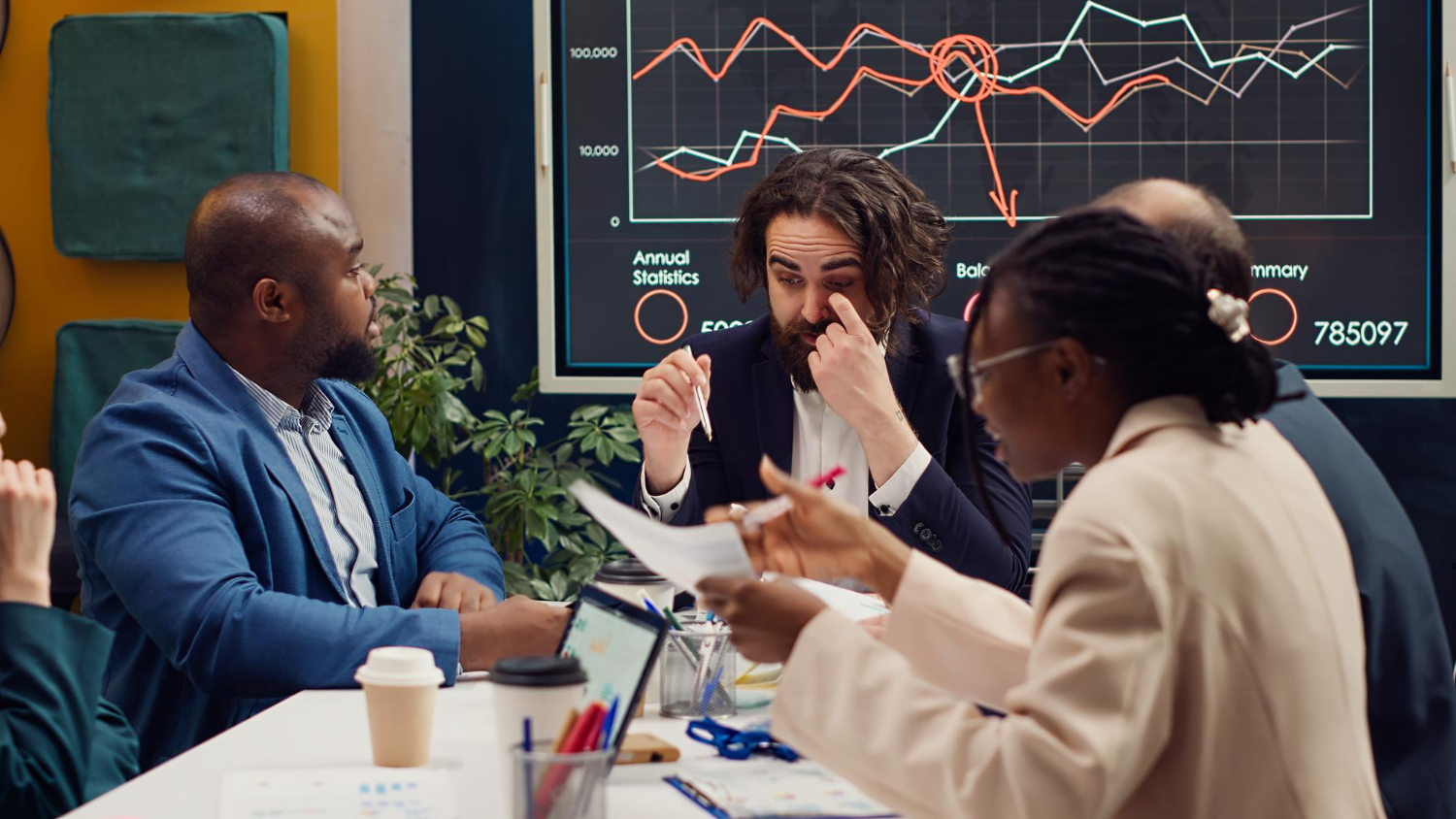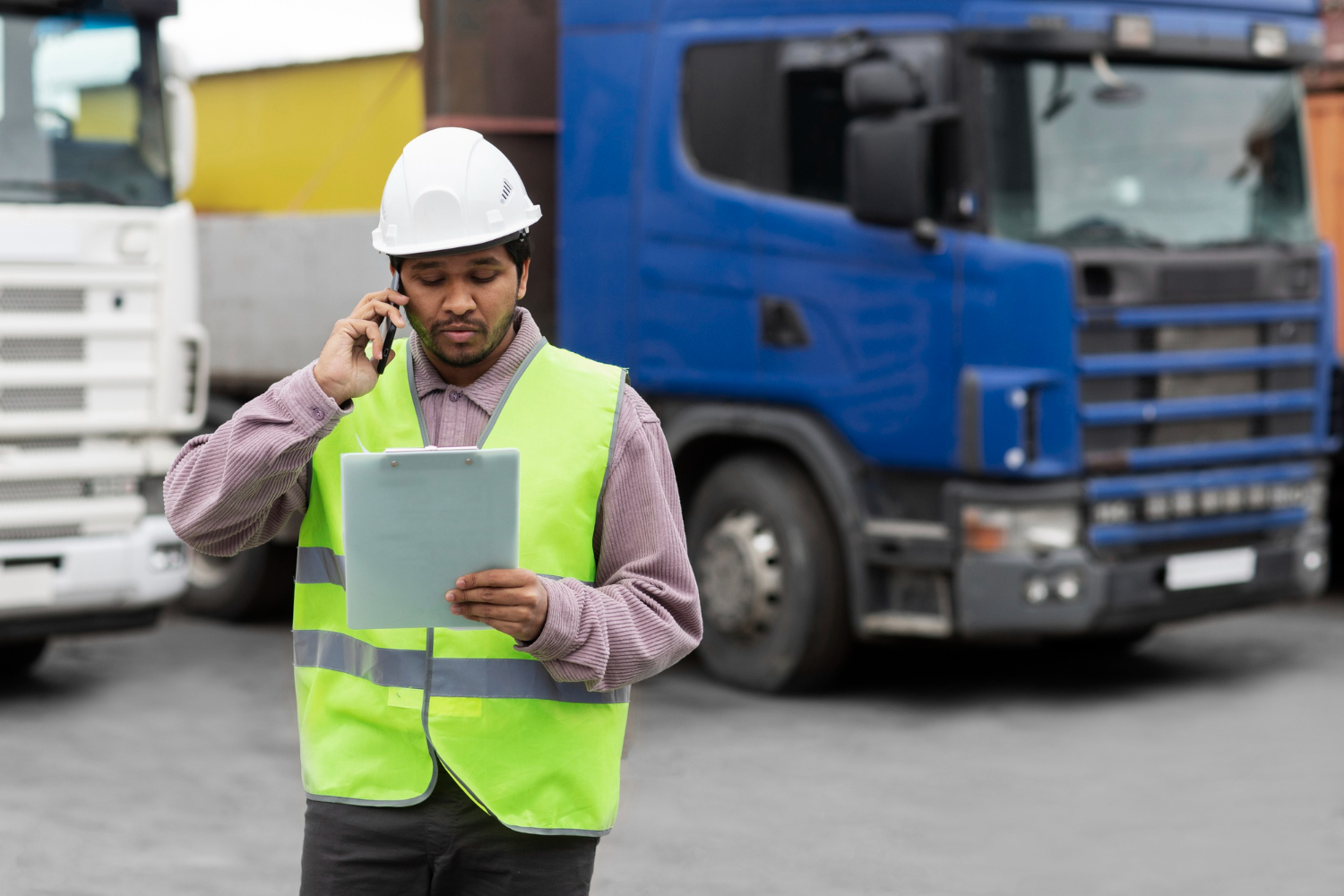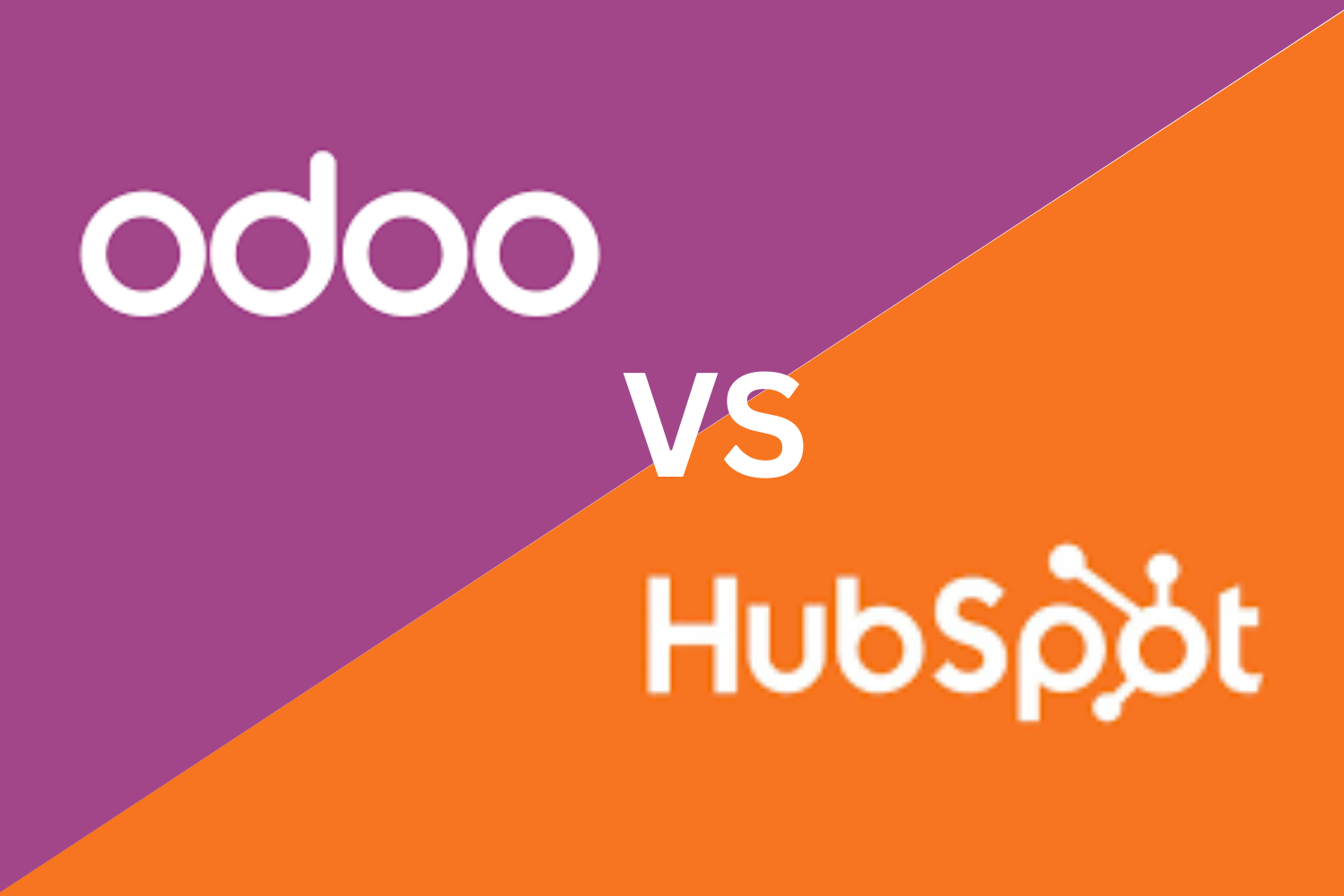POS vs ERP is a common comparison for business owners looking to improve how they manage sales and operations. While both systems support daily activities, they do very different jobs. A POS system helps you complete sales and accept payments. An ERP system handles everything behind the scenes, like accounting, inventory, payroll, and supply chain.
If you run a retail store, restaurant, or online shop, you may start with a POS. If your business has several departments or complex workflows, you might need an ERP. This article breaks down the key differences, when to use each, and how they can work together to support your business goals.
What Is a POS System?
A POS (Point of Sale) system is the tool businesses use to handle sales. You’ve likely used one while buying groceries, dining at a restaurant, or shopping online. It’s the system that processes your payment at checkout.
But a POS does more than just take payments. It tracks sales, manages inventory, and generates reports. This helps businesses know what’s selling, what needs restocking, and how daily operations are performing.
POS systems accept various payment methods, like cards, mobile wallets, and cash. Many also support barcode scanning and digital receipts, making transactions quick and easy for both staff and customers.
Retail stores, restaurants, salons, and small shops rely on POS systems to run smoothly and stay organized.
What Is an ERP System?
An ERP (Enterprise Resource Planning) system is software that helps manage your entire business from one place. While a POS system focuses on sales, an ERP handles the bigger picture, like tracking inventory, managing payroll, creating invoices, and handling finances.
It brings all your business data together so every team works with the same information. For example, if a product is sold, the ERP updates stock levels, adjusts financial records, and logs the transaction across departments.
Businesses that deal with supply chains, multiple locations, or detailed reporting often use ERP systems. They help save time, reduce errors, and make it easier to run operations without switching between different tools.
POS vs ERP: Key Differences
Here’s a simple breakdown of how a POS system compares to an ERP system. Each serves a different purpose, depending on your business size and needs.
| Feature | POS System | ERP System |
| Main Purpose | Handles sales and payments at checkout. | Manages all business functions in one system. |
| Used By | Retailers, restaurants, small businesses. | Larger businesses with finance, HR, and logistics. |
| Functions | Sales, inventory tracking, receipts, reports. | Accounting, HR, payroll, inventory, supply chain. |
| Data Flow | Tracks sales and basic stock info. | Connects data across departments in real time. |
| Cost | Lower upfront cost, usually subscription-based. | Higher cost, considered a long-term investment. |
| Setup Time | Quick setup—hours to a few days. | Longer setup—can take months. |
This table helps you see which system fits best depending on your daily tasks, growth plans, and how much control you need over your operations.
When to Choose a POS
Choose a POS system if your main focus is handling customer sales. It’s a good fit for businesses that sell products or services directly to customers, like retail stores, cafes, restaurants, salons, and small online shops.
A POS is easy to set up and doesn’t need much training. It helps you process payments, track stock, and view sales reports without dealing with extra tools or features you don’t need.
If your business needs to move fast, keep costs low, and focus mainly on selling, a POS system is the right choice.
When to Choose an ERP
Choose an ERP system if your business goes beyond daily sales and needs support across different departments. ERP is ideal for companies that manage finance, HR, supply chain, and inventory together.
It works well for growing businesses with more complex needs, like manufacturers, wholesalers, or service providers with many teams and locations.
An ERP brings everything into one system, so you don’t have to juggle multiple tools. If your business is scaling and you need better control and visibility across all operations, an ERP system is a better option.
Can You Use Both Together?
Yes, you can use a POS and ERP system together. Many businesses do.
When connected, your POS sends sales data straight to your ERP. This keeps inventory, finance, and customer records up to date, without needing to enter the same information twice.
For example, a retail chain might use POS systems at each store to handle transactions. At the same time, the ERP tracks overall stock levels, updates accounts, and manages payroll.
Using both systems together helps you run your business more smoothly. It saves time, reduces errors, and gives you a complete view of your operations in real time.
POS vs ERP: Real Examples
Retail Store
A small clothing store uses a POS system to manage daily sales, track inventory, and accept payments. The owner can see which items are selling fast and reorder stock quickly. For a business focused on selling products at the counter, a POS system works best.
Restaurant
A restaurant uses a POS system to take orders, split bills, and manage table service. It connects with the kitchen and helps staff serve customers faster. Since most operations happen at the point of sale, an ERP system isn’t needed.
Manufacturing Company
A manufacturing company uses an ERP system to manage raw materials, production schedules, payroll, and deliveries. It doesn’t need a POS system because it doesn’t sell directly to customers. ERP helps run the full business from one system.
Retail Chain with Warehouse
A retail chain with multiple branches uses POS systems at each location for checkout. The ERP system tracks all inventory, sales, and finances across stores and the central warehouse. This setup helps the business stay organised and make better decisions.
Conclusion
POS vs ERP is not about which system is better—it’s about which one fits your business.
Use a POS system if you mainly handle sales and want something simple, fast, and cost-effective. It’s ideal for retail stores, restaurants, and small businesses.
Choose an ERP system if you need full control over finance, inventory, HR, and operations. It’s the right choice for growing or multi-department businesses.
Many businesses use both. A POS handles front-end sales. An ERP keeps everything else in sync.





